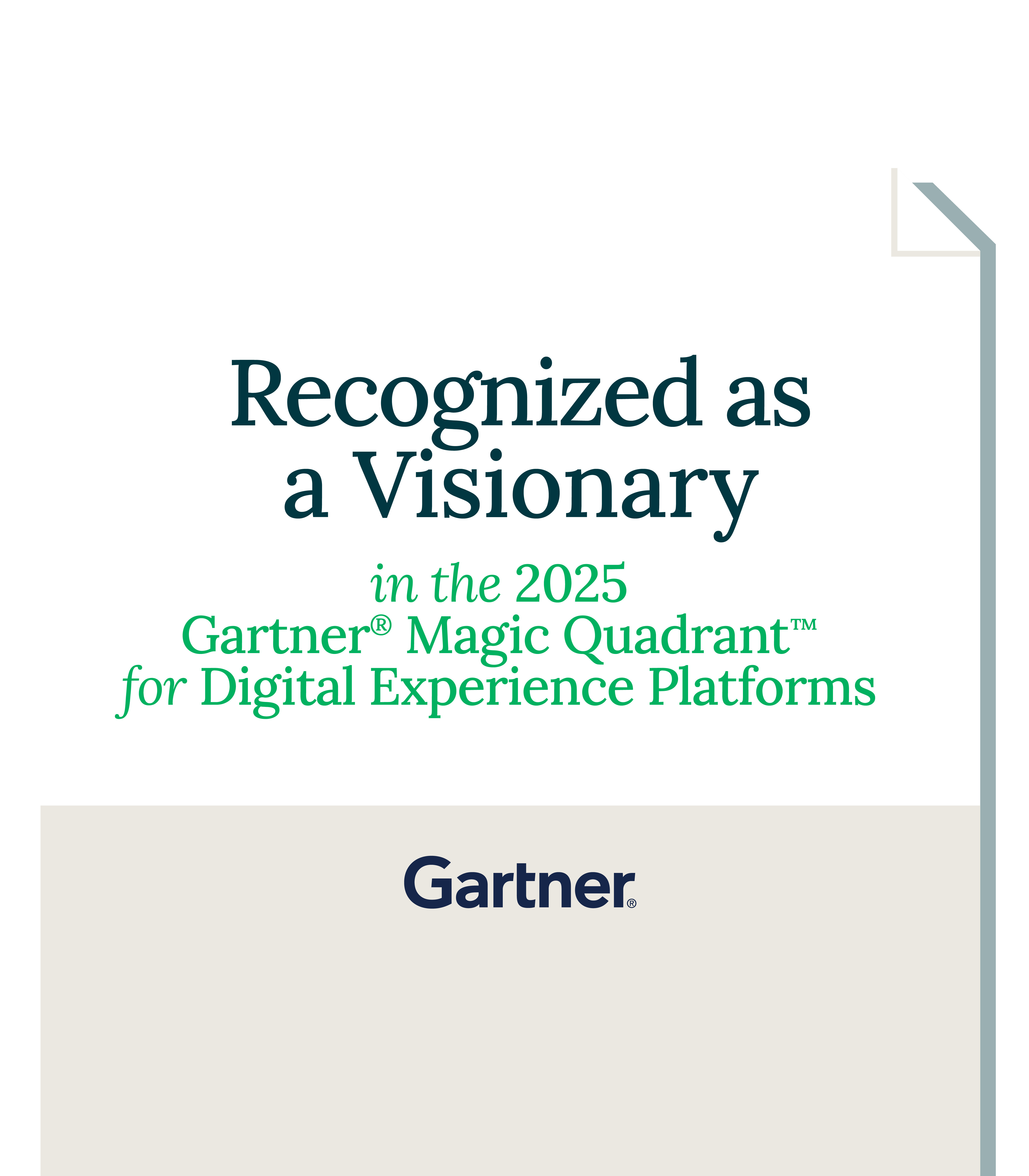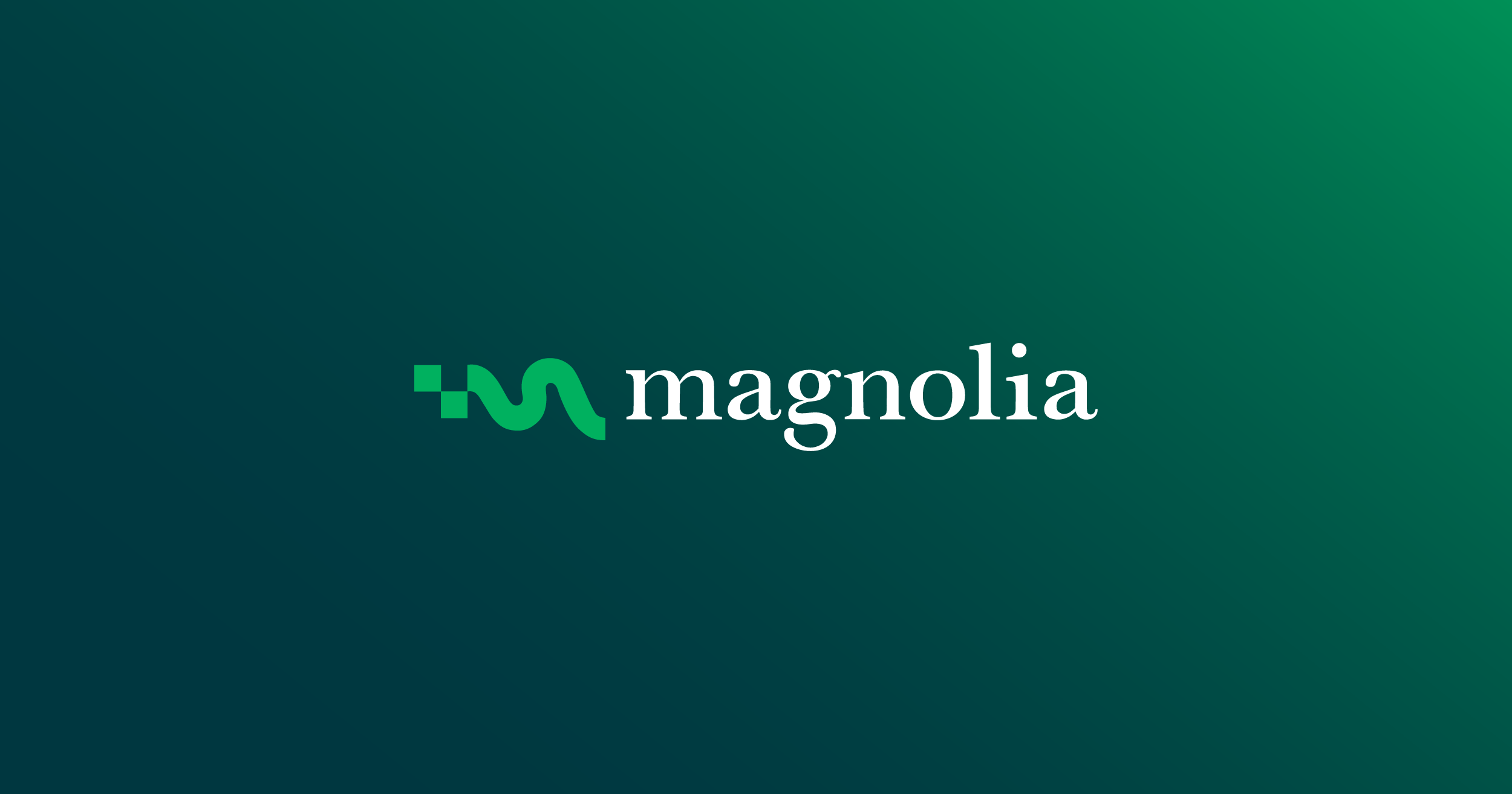
Magnolia for ecommerce
Create better ecommerce experiences
大多数电商系统擅长管理产品数据和执行交易。为客户提供个性化的购物体验则是内容管理系统的专长。
凭借其一流的前后端分离 CMS、连接器和Headless Accelerator,Magnolia 可帮助您通过一个系统打造从产品描述到付款的跨渠道购物体验。
内容与电商的真正融合
无论您是要更换现有的 CMS,还是要彻底改造您的 IT 架构,Magnolia 都非常适合用来为您的客户提供现代化的数字购物体验,并为您的营销人员和技术人员提供支持。观看我们的演示视频以了解详细信息。
实现内容驱动的电商体验
打造极致的线上购物体验。轻松结合 CMS 和电商后台系统,通过优秀的文案来推动线上业务的发展。
千人千面
借助 AI 驱动的搜索和内容推荐功能,打造个性化的数字体验,从而提高客户转化率和留存率。
跨渠道营销
使用拉拽式编辑器创建页面、实现多渠道预览并预定发布时间来构建营销活动页面。在单个系统内创建和管理跨渠道的营销活动,而无需 IT 的协助。
数字资产管理
使用我们的 Image Focal Points 技术为所有渠道打造一流的媒体体验。让您的买家在引人入胜的内容中了解产品。
全球推广
提供跨多个站点和语言的体验。使用我们的 Live Copy 和自动翻译功能,在全球各个市场实现客户体验的落地,了解如何更好地与本土的对手竞争。
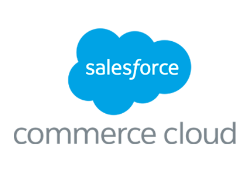
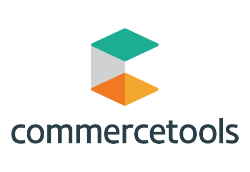












.png)

电子商务负责人的智慧:为什么数字商务如此复杂
数字商务对于正在进行现代数字化转型的企业至关重要。 但电子商务不仅仅是一种技术附加组件。 查看电子商务领域的顶尖人物之一 Hannu Vangsgaard 的五个要点,并了解如何为您的业务做好准备。
Interview Hannu Vangsgaard, Digital Business Accelerator
快速、灵活,满足未来的需求

电商成功案例

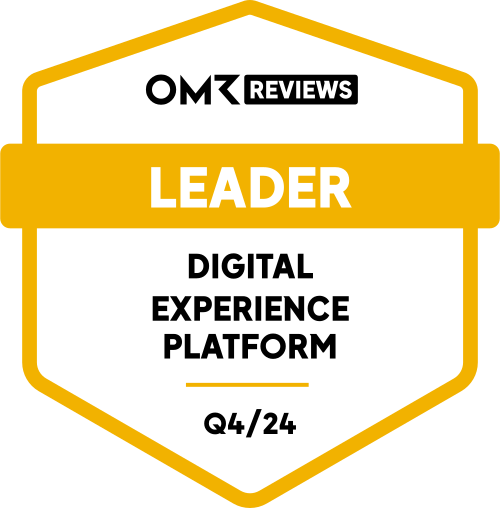
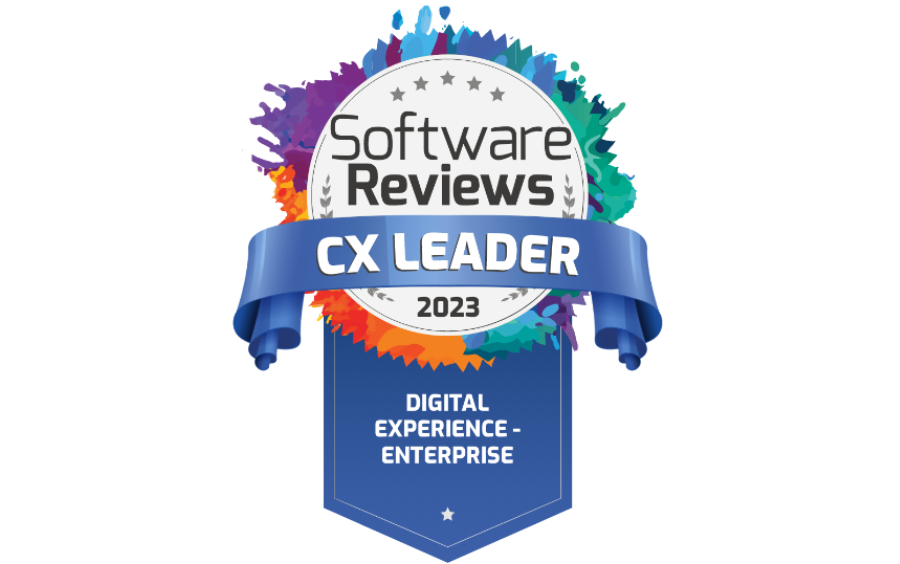

FAQs
What is a CMS platform?
A CMS platform, also known as a Content Management System platform, is a software application or framework that enables users to create, manage, and publish digital content without requiring extensive technical expertise. The content management world has always been filled with acronyms to help simplify things. However, CMS, WEM, and DXP aren’t just fancy buzzwords; see how the industry requirements have evolved.
What does CMS bring to ecommerce?
With a robust CMS (Content Management System), ecommerce businesses can enhance the product experience, leverage content marketing strategies to engage their target audience, personalize the user experience with recommendations, optimize their sites for search engines through SEO tools and analytics, streamline operations with efficient inventory management and order processing, and ultimately drive sales and business growth. Additionally, CMS platforms often offer features like custom pricing options, enabling businesses to tailor pricing strategies to specific customer segments, contributing to increased customer satisfaction and business success.
The marketing features provided by CMS platforms further empower businesses to create targeted campaigns, track performance metrics, and refine their marketing strategies for optimal results.
What are the different types of CMS?
Headless vs traditional
The preference between a headless CMS and a traditional CMS relies on clear requirements and priorities. Headless CMS provides greater flexibility, omnichannel delivery, and customization options but requires additional development effort. Traditional CMS platforms offer simplicity, pre-built templates, and ease of use but may have limitations in customization and omnichannel delivery.
Cloud-based vs on-premises
Cloud-based CMS presents convenience, scalability, and cost efficiency, while on-premises CMS provides control, customization options, and security advantages.
Open source vs proprietary
Open source offers freedom, customization options, and community support, while proprietary provides vendor support, enhanced security, and a cohesive software ecosystem. Learn more about the open-source vs proprietary DXPs.
Does Magnolia integrate with my ecommerce platform?
The answer is a bit complicated and depends on which platform you’re using.
But yes. With our Commerce Connector Pack, you can natively extend Magnolia into your ecommerce platform of choice.
This means you can use your ecommerce content as if it were native Magnolia content – while keeping the cataloging features and order functionality of your ecommerce solution.
We have ready-made connectors for tools such as Salesforce Commerce Cloud, Commercetools, SAP Commerce, and Adobe Commerce. And with our APIs, you can connect Magnolia to any ecommerce platform you want.
Check out the video here, where Jan shows how Magnolia and Salesforce Commerce Cloud work together.
I already have an ecommerce platform. Would Magnolia make sense to me?
If you have both an online store AND a brand website, then yes.
Let’s explain:
Ecommerce platforms are built to create and manage an online store and the related sales processes. It’s a different animal than a brand website – and the requirements for each differ.
A brand website, for instance, would often need pages such as ‘about us’, careers, customer service, and product categories. You’d also want to be able to create specific product or campaign landing pages.
Many ecommerce systems provide basic website builders but do not offer the content management capabilities and integrations that brands need to create seamless, competitive digital experiences. So many businesses choose to have both an ecommerce platform and a CMS.
This presents a new problem: With two separate systems, you risk creating a disjointed customer experience:
- The shop looks different from the brand's website
- The search function does not work across both
- The shopping cart disappears when users go from shop pages to brand pages.
The Magnolia Digital Experience Platform (DXP) solves both challenges by offering advanced content management capabilities AND tightly integrating with other DX systems, such as your ecommerce system so that you can create a unified shopping experience across the entire customer journey.
How does Magnolia work with my ecommerce platform?
Magnolia provides Connector Packs to many popular ecommerce systems, such as Salesforce Commerce Cloud, Commercetools, SAP Commerce, and Adobe Commerce.
Our integration framework also makes it easy to integrate with other ecommerce systems, including composable commerce and legacy systems.
Magnolia’s integration options connect Magnolia with your ecommerce platform, so that your content authors can use your ecommerce content within Magnolia – while your product catalog and sales functionality remains with your ecommerce solution.
With a unified platform like this, you can create an experience that is equally great no matter if customers came to browse or shop. The optimized customer experience also increases your conversion rates and average order value.
Does Magnolia offer personalisation and A/B testing?
Yes. Personalisation and A/B testing is available natively or via third-party software. Magnolia’s native features enable most use cases, including those of large retailers such as Sainsbury’s.
If you have more advanced needs, we support a composable approach that lets your marketing team use their favorite software for personalization and A/B testing.
Is Magnolia a headless CMS? How will this impact our non-technical users?
Magnolia is a hybrid-headless CMS. This means that you can use it as a headless CMS or as a traditional CMS. When using Magnolia as a headless CMS, you manage content via APIs. Whereas when using Magnolia as a traditional CMS, Magnolia renders and serves your pages directly.
The hybrid-headless approach gives you ultimate flexibility: You can decide on a project-by-project basis whether you want to build your own frontend (headless) or make this decision for all of your digital channels at the time of your CMS purchase.
Either way, your non-technical users keep their creative control. Content authors get an easy-to-use visual interface including a WYSIWYG editor that lets them use Magnolia like a traditional CMS, even when using it in headless mode. If you don’t tell them, they won’t even know it’s headless.
Does my marketing team need technical skills to work with Magnolia?
We built Magnolia so that your marketers can do lots without needing the help of IT. Once your developers set up the platform, component templates, and content apps, your marketers have creative control via a visual in-line editor that’s easy to use.
They can preview and publish experiences with the click of a button, making it fast and simple to create new content, including product and landing pages.
Do I have to ditch my existing tech stack in order to work with Magnolia?
No, not at all. You don’t have to ditch your existing tech stack in order to build a modern ecommerce experience.
Continue working with the tools you know and like – and just integrate them with Magnolia. As a composable CMS, you can change or swap out any tool at any time you want.
Do you have a campaign feature?
Yes. You can build landing pages and campaigns with full WYSIWYG editing, scheduled publication, and multi-device preview. Basically, you can manage the entire customer experience of a targeted campaign in one place, without touching any code.
I have more questions – what do I do?
Great! We’ll be happy to help answer any questions you have. Get in touch with us here, and we’ll do our best to help you out.











